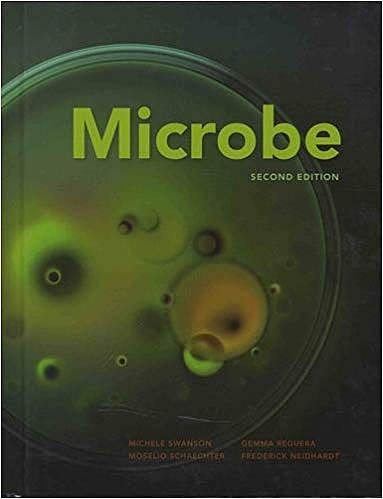
Microbe
Michele Swanson, Gemma Reguera, Moselio Schaechter, ... [et. al.]
2nd ed.
Washington, DC : ASM Press, cop. 2016
 |
Microbe Michele Swanson, Gemma Reguera, Moselio Schaechter, ... [et. al.] 2nd ed. Washington, DC : ASM Press, cop. 2016 |
9 termes
| facultative aerobe n. |
|
| fecal transplantation n. |
|
| female sex bias n. |
|
| FlgM n. |
|
| flippase n. |
|
| fluorescent stain n. |
|
| FtsA n. |
|
| ftsZ gene n. |
|
| fungal pathogen n. |
|